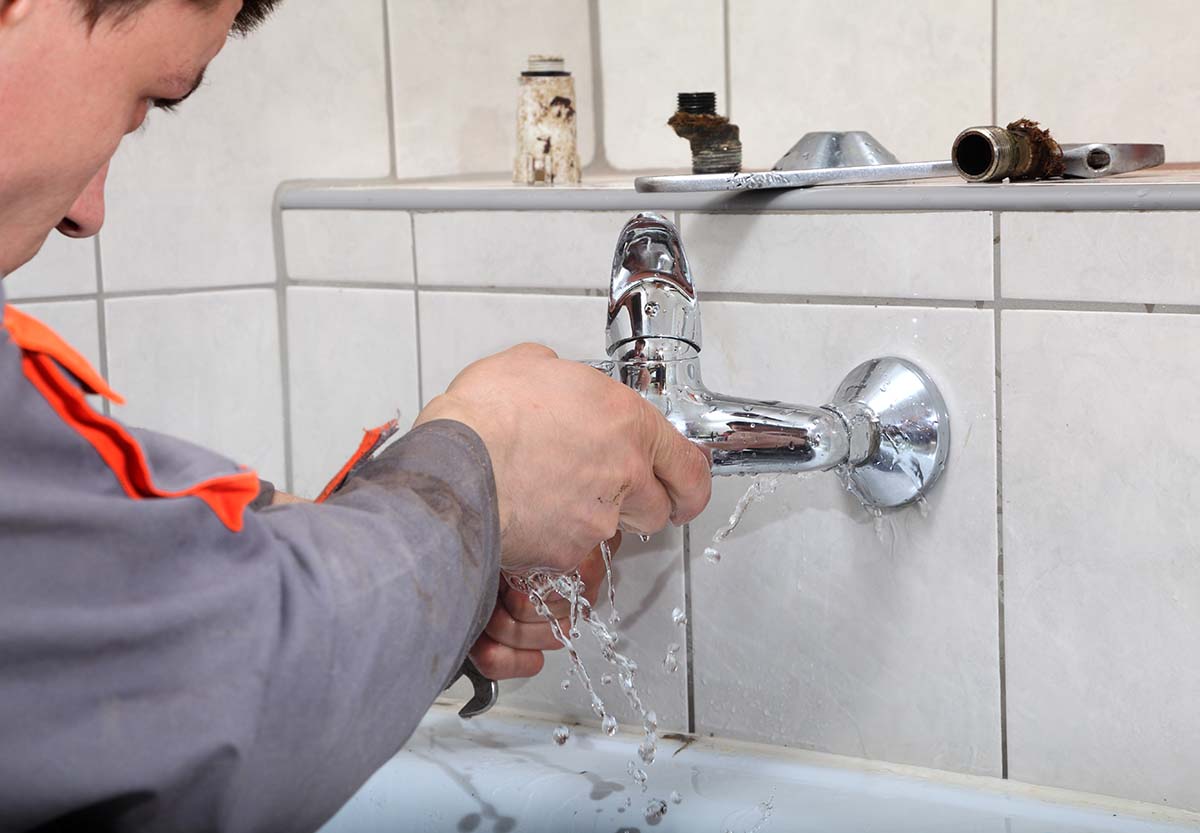It’s been months of hearing that bathroom faucet drip slowly, yet you have yet to take the time to complete the repair. As tempting as it may be to continue putting it off to another weekend, repairing your leaky faucet needs to be a priority – this weekend! Here’s why.
Wear and Tear
The longer you don’t fix your dripping faucet, the more wear and tear that occurs to your faucet washers and sink. Gently move your faucet around – does it stay in place? If it doesn’t, be sure to tighten your faucet. Otherwise, this can create unnecessary strain and cause you to replace your faucet earlier than expected.
When water gathers around the base of the fixture, there may be visible cracks or warps. If that’s the case, your faucet may be broken and need a replacement rather than a repair.
Water Waste
A slow-dripping faucet may not seem like it would cause that much waste, but it certainly does over time. A faucet that drips every second can lead to 3,000 gallons of water wasted in a year – the equivalent of taking 180 showers.
Costly Water Bills
Fixing a leaky faucet can create cost savings, too. According to the EPA, homeowners can save up to 10 percent of their average yearly water costs when they complete a faucet repair. If more than one faucet is dripping or the water coming through is heated, even more savings can be generated.
Tips for Fixing Your Leaky Faucet
To fix your leaky faucet, follow the steps below:
- Start by gathering the right tools and equipment. Have plenty of rags available for easy cleanup, a Phillips and flat-head screwdriver to remove the faucet screw, and replacement parts to exchange for the failed components. White vinegar is helpful to loosen grime in the spout and complete the final cleanup.
- Turn off the water supply by turning the shutoff valves under the sink or closing the main water valves.
- Close the drain to prevent small screws from going down the drain pipes.
- Take the system apart, paying attention to the order and orientation of the parts as you remove them. Take a picture to make the reassembly process easier.
- Closely inspect the faucet parts for noticeable wear and tear and replace any necessary. Seals, rubber washers, and O-rings are common culprits of leaky faucets.
- Reassemble the faucet and test the water flow. Perform one final cleanup using white vinegar.
The Bottom Line
Repairing a leaky faucet helps prevent more costly future repairs, is better for the environment, and provides financial savings.
A professional plumber has the expertise, tools, and experience to repair your home’s plumbing systems as quickly as possible. If you have a leaky faucet and don’t have the time or expertise to replace it, our licensed plumbers can help! Contact us today for more details about our services.
